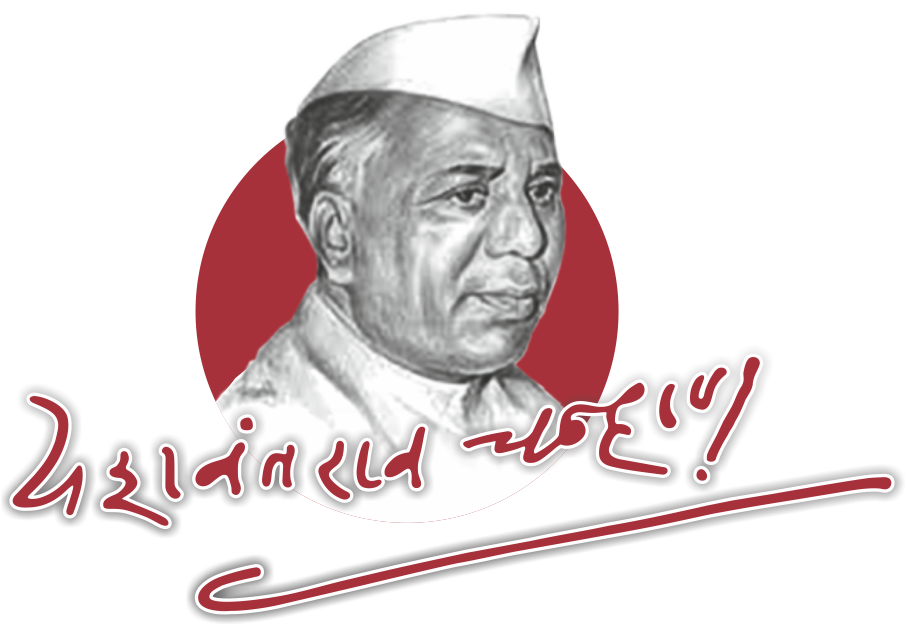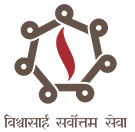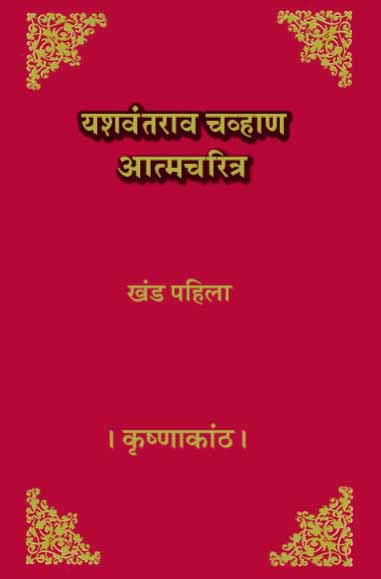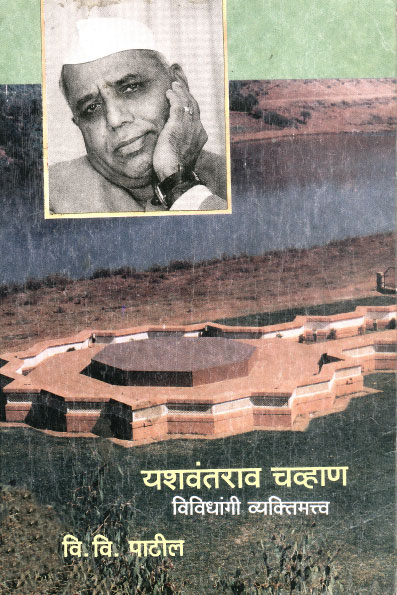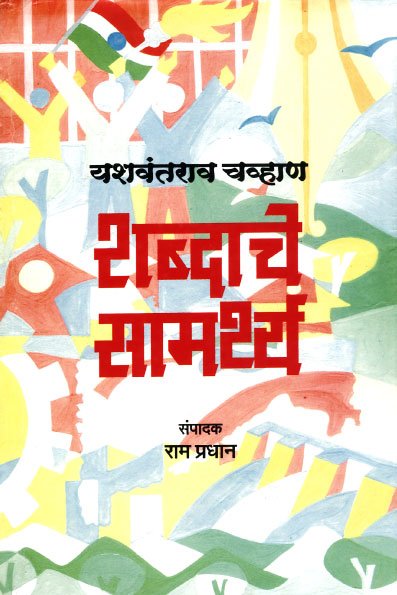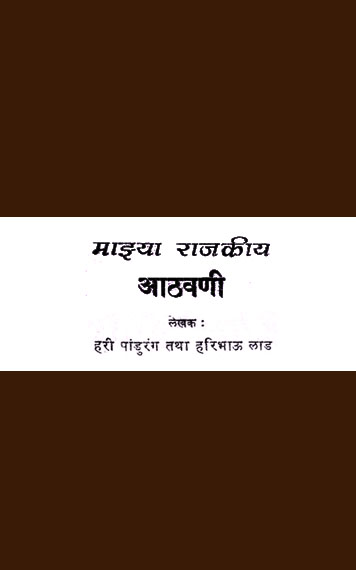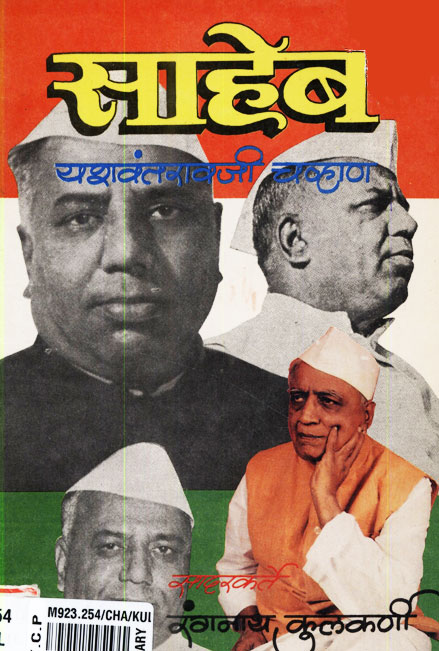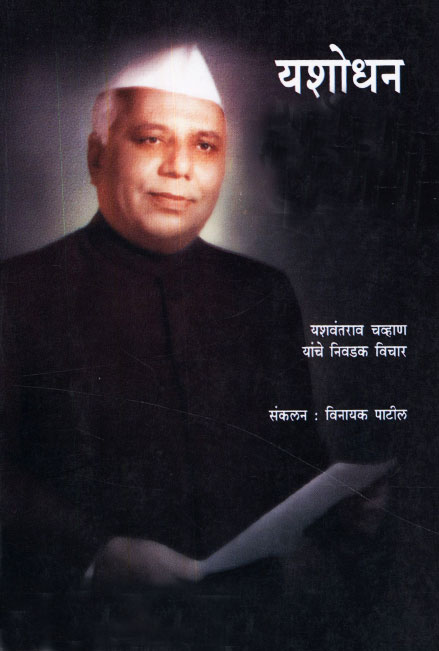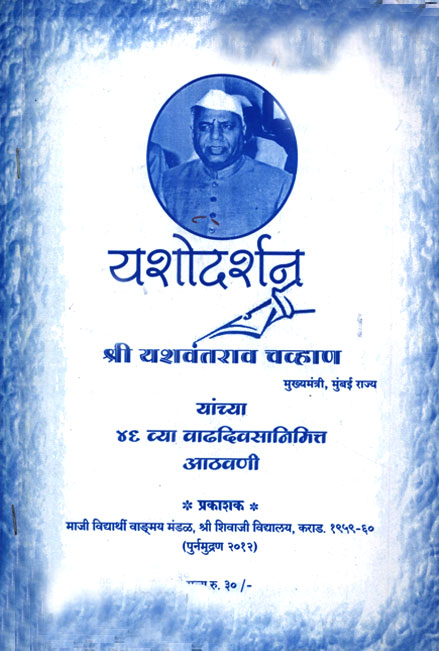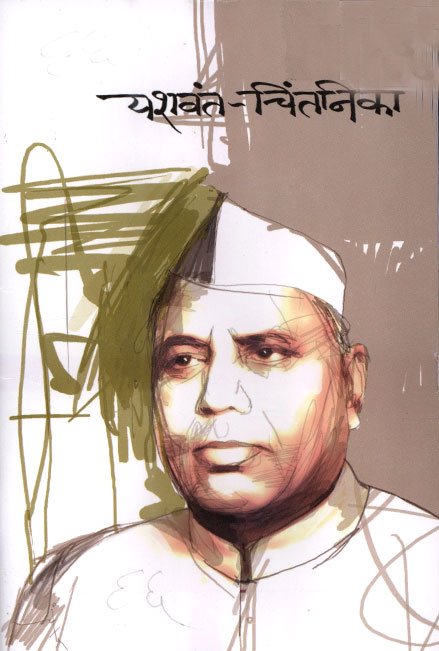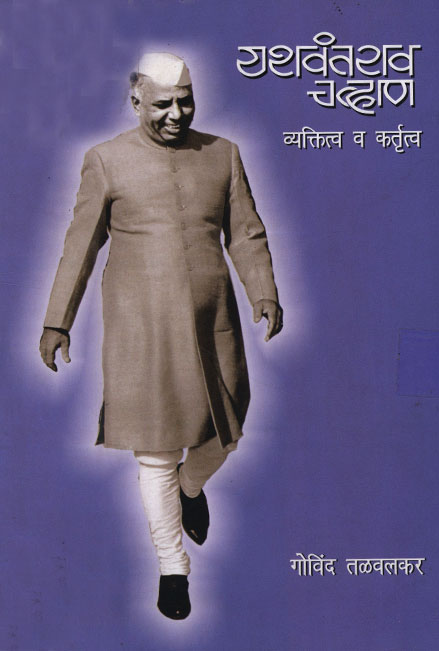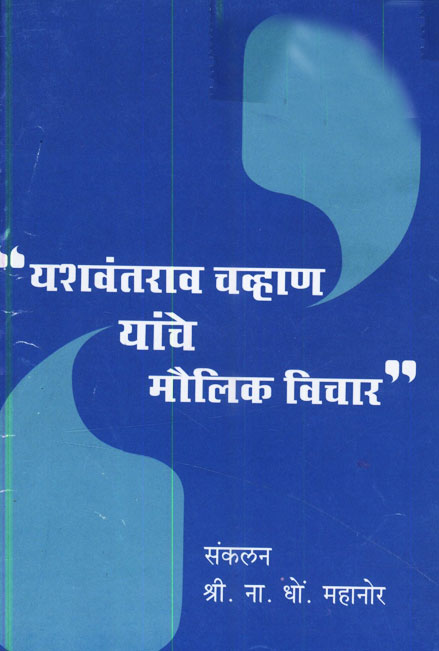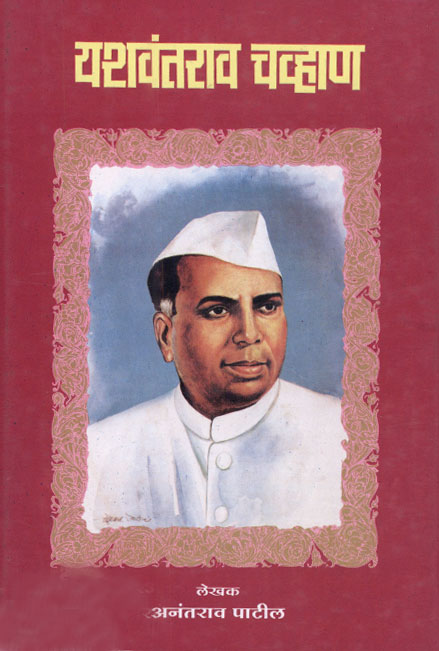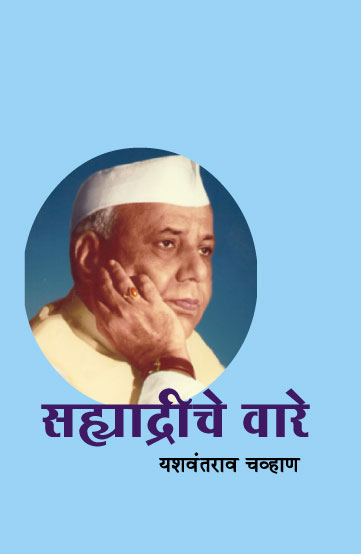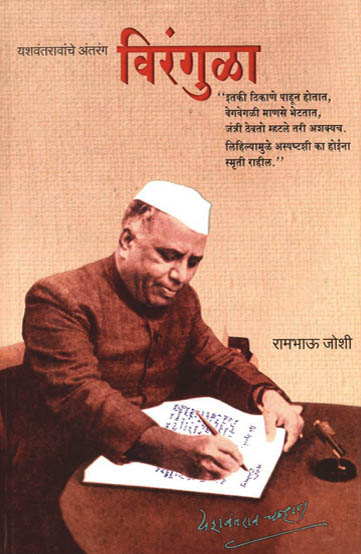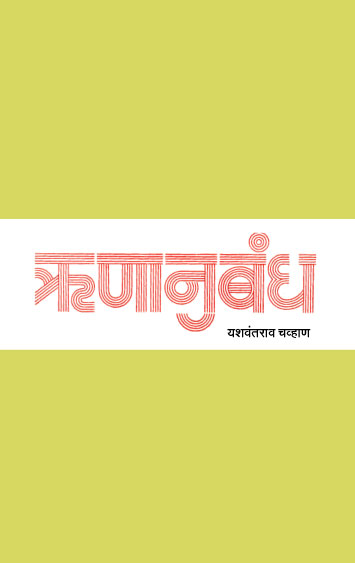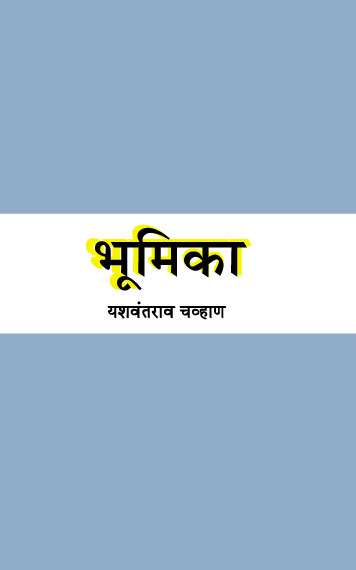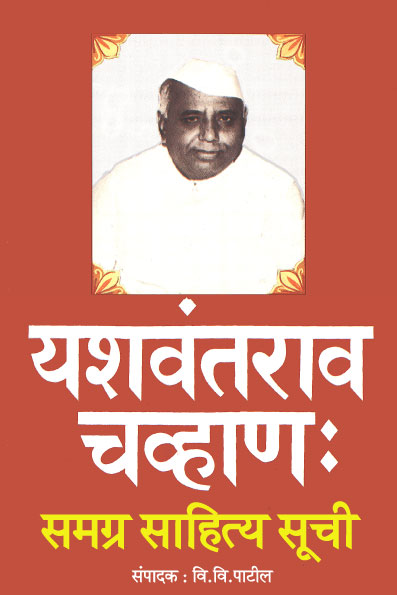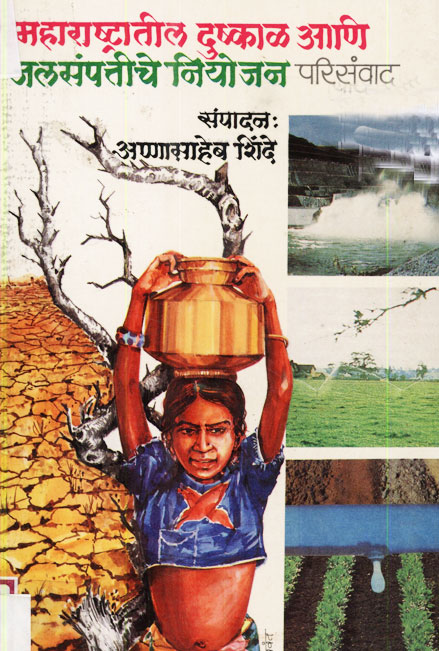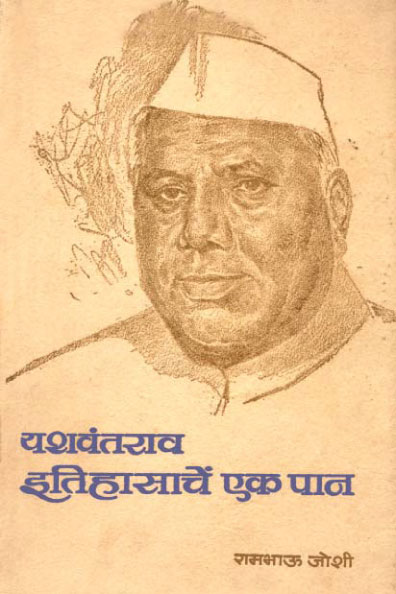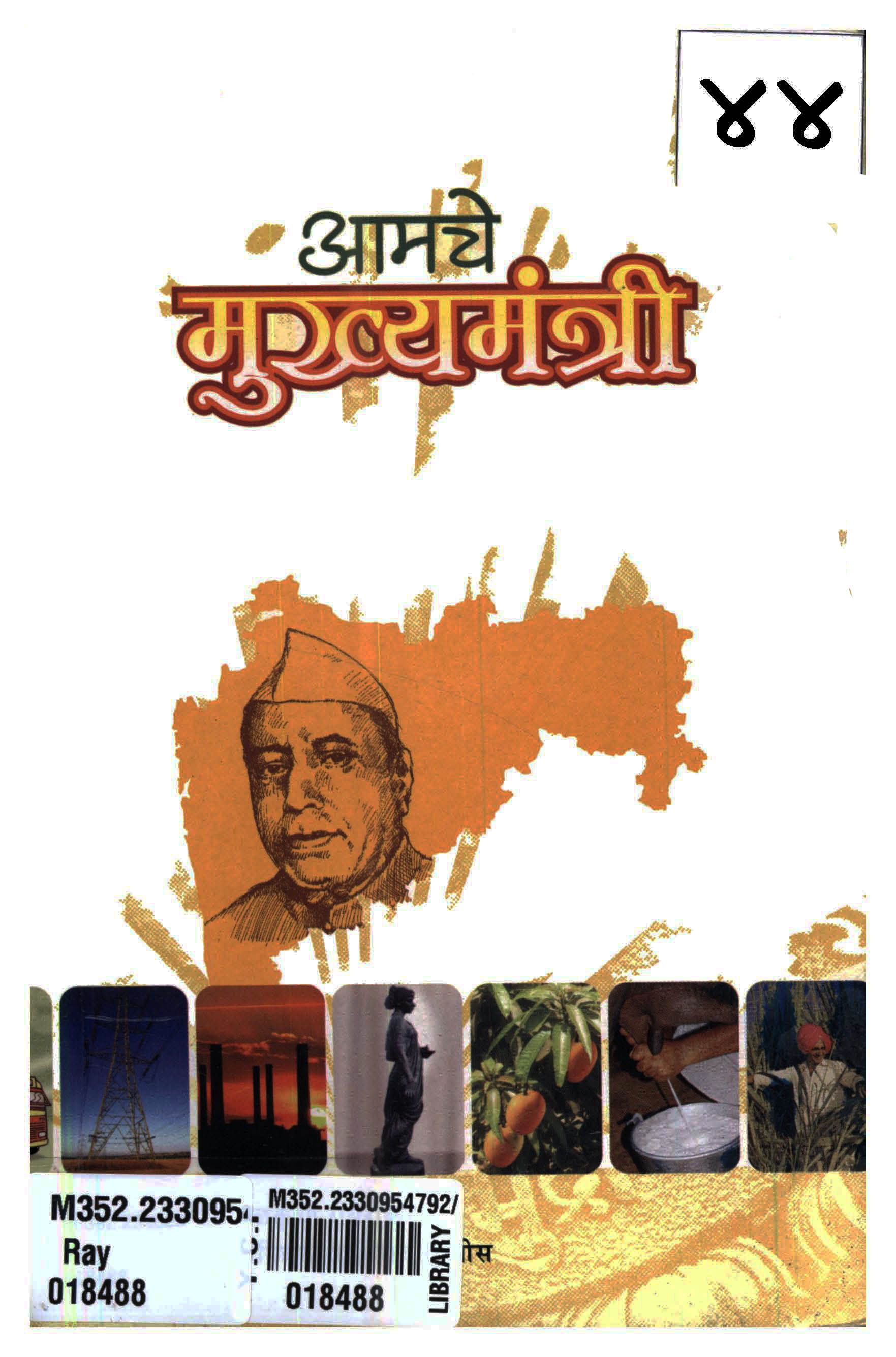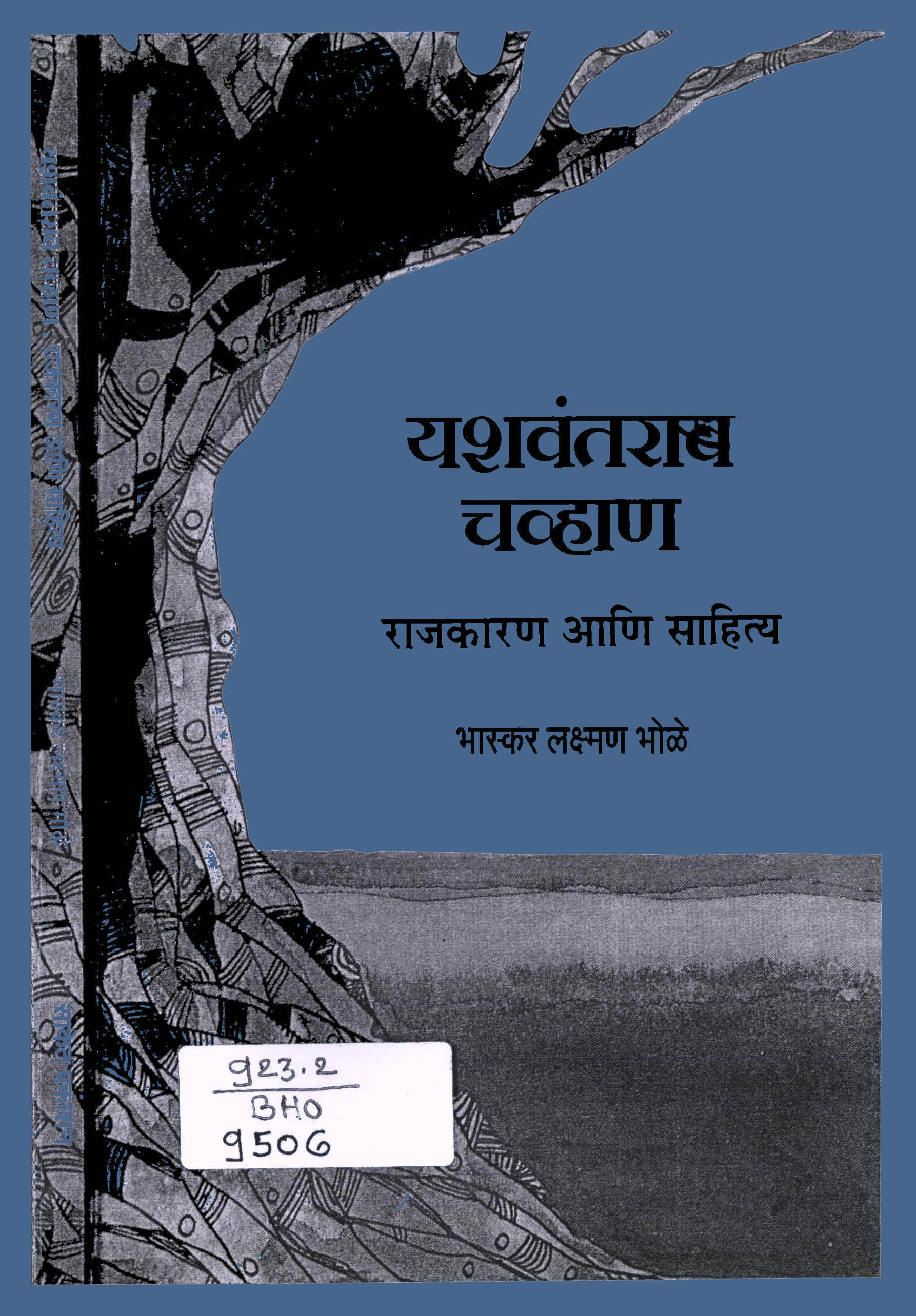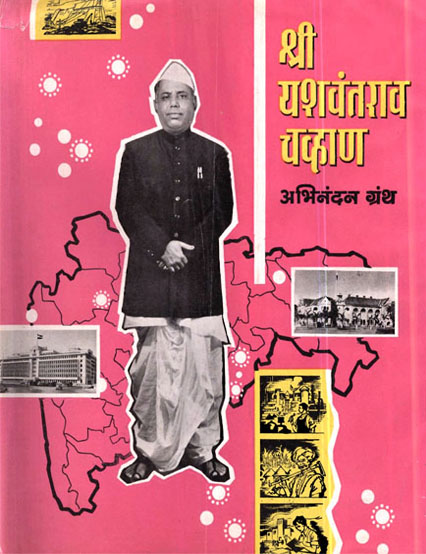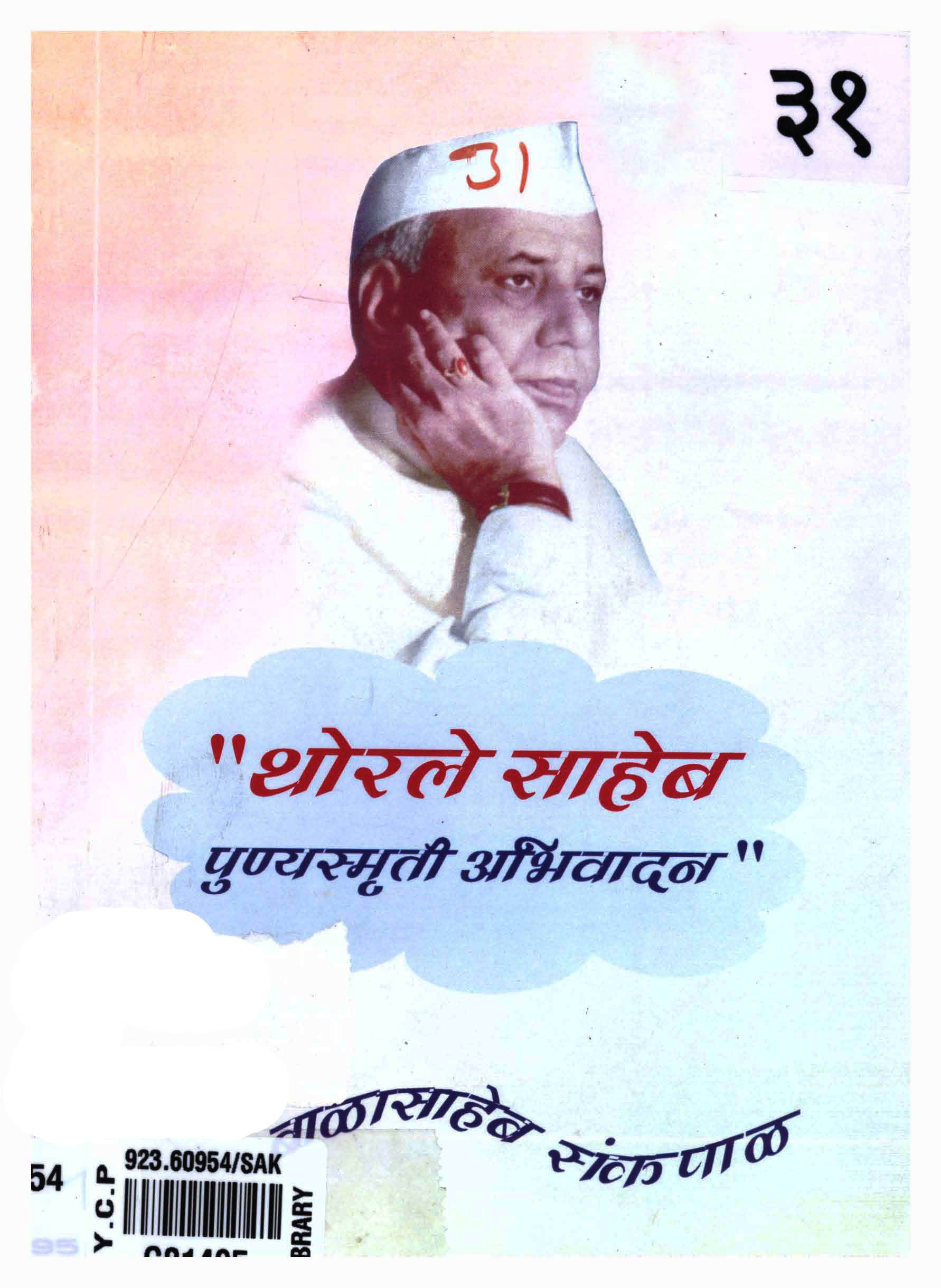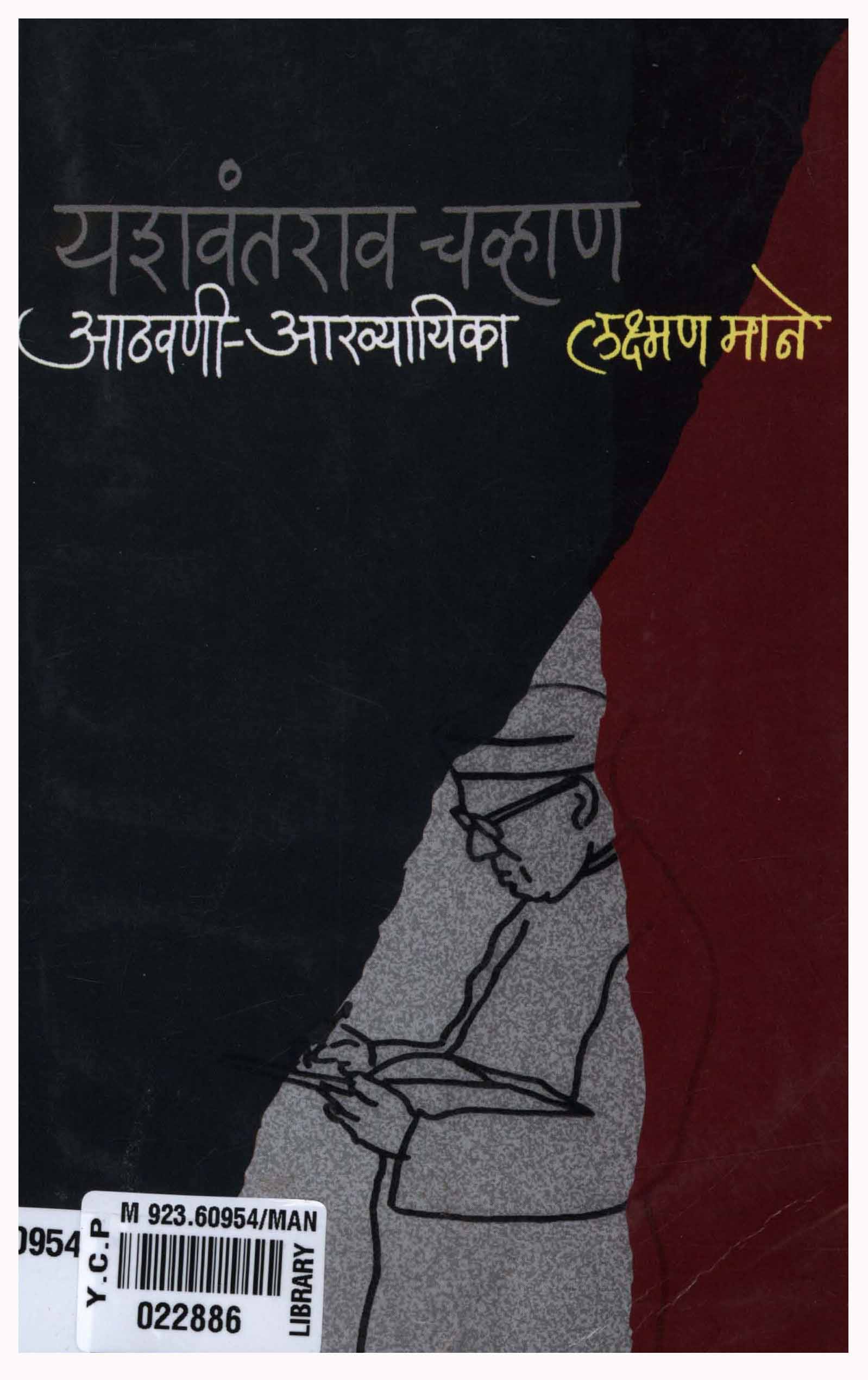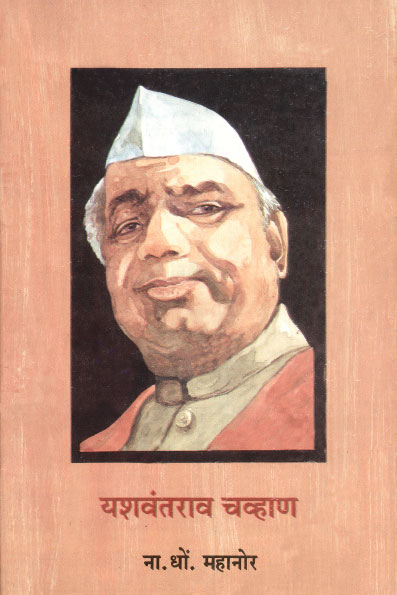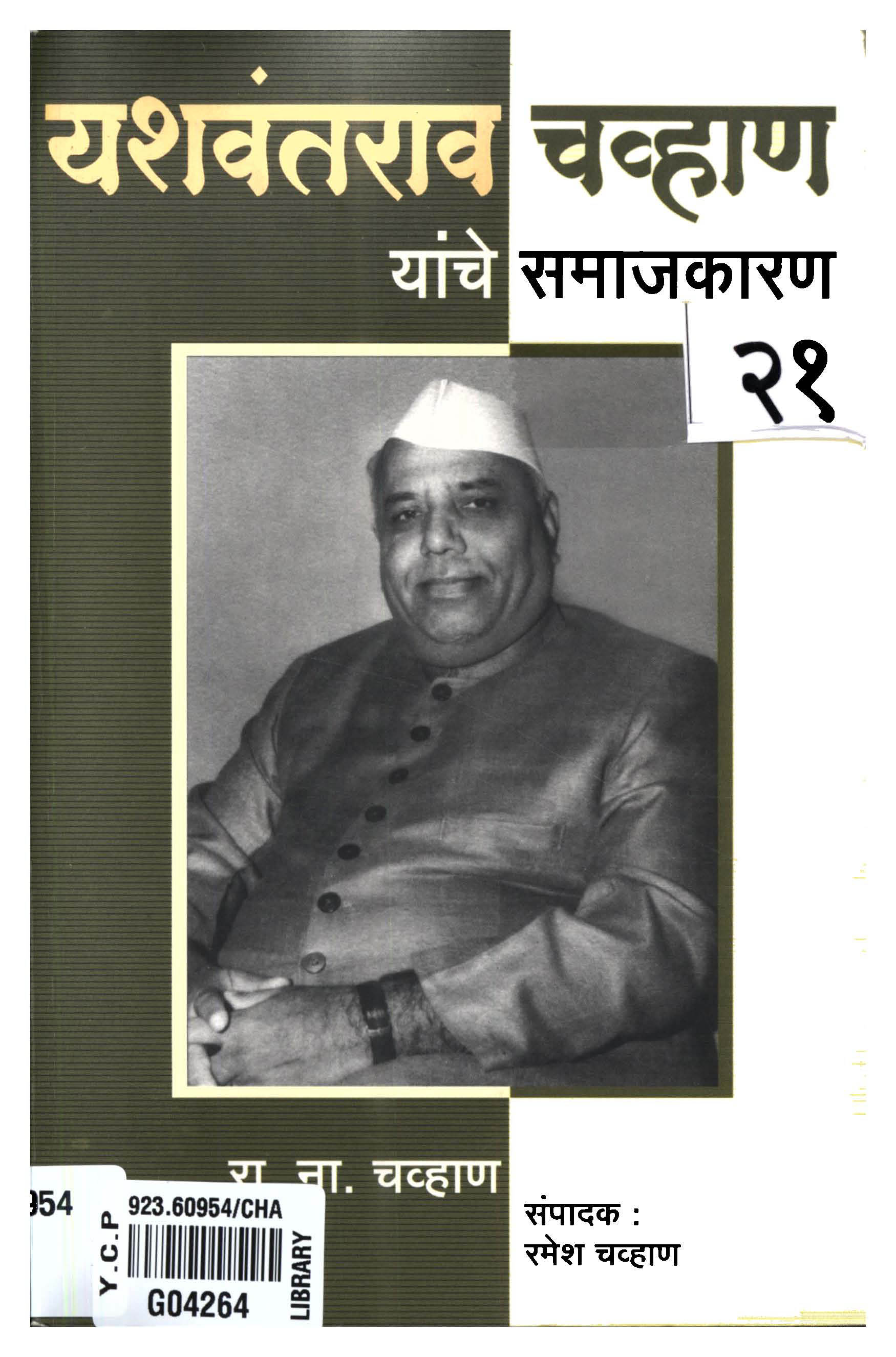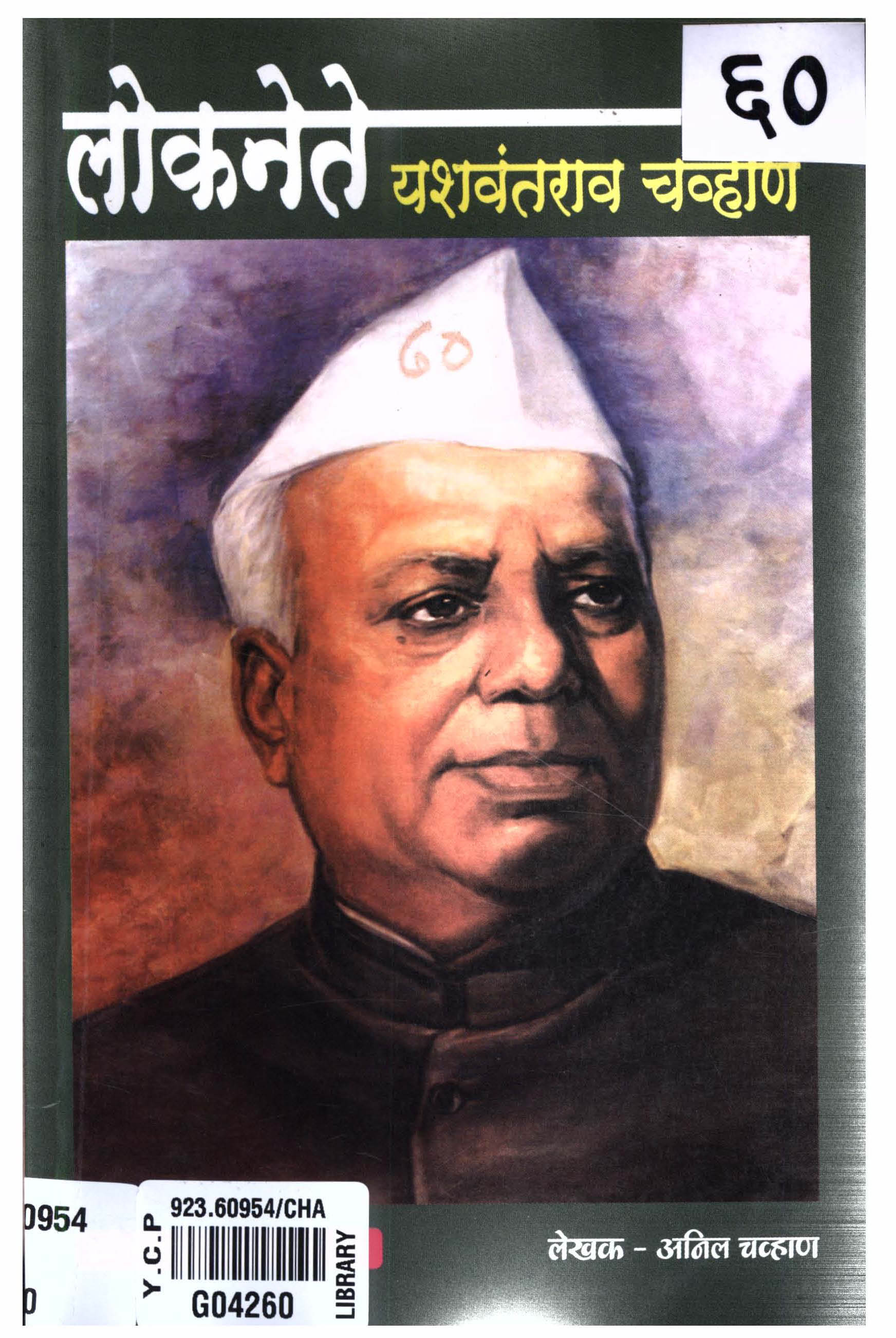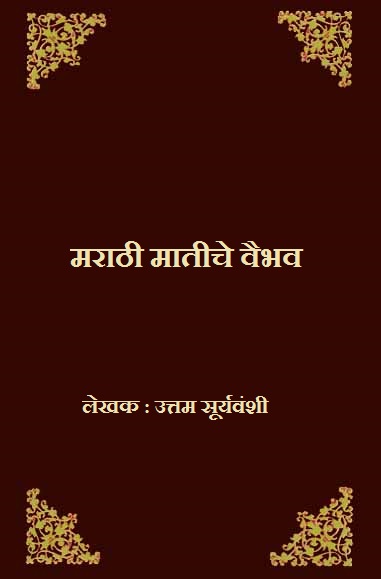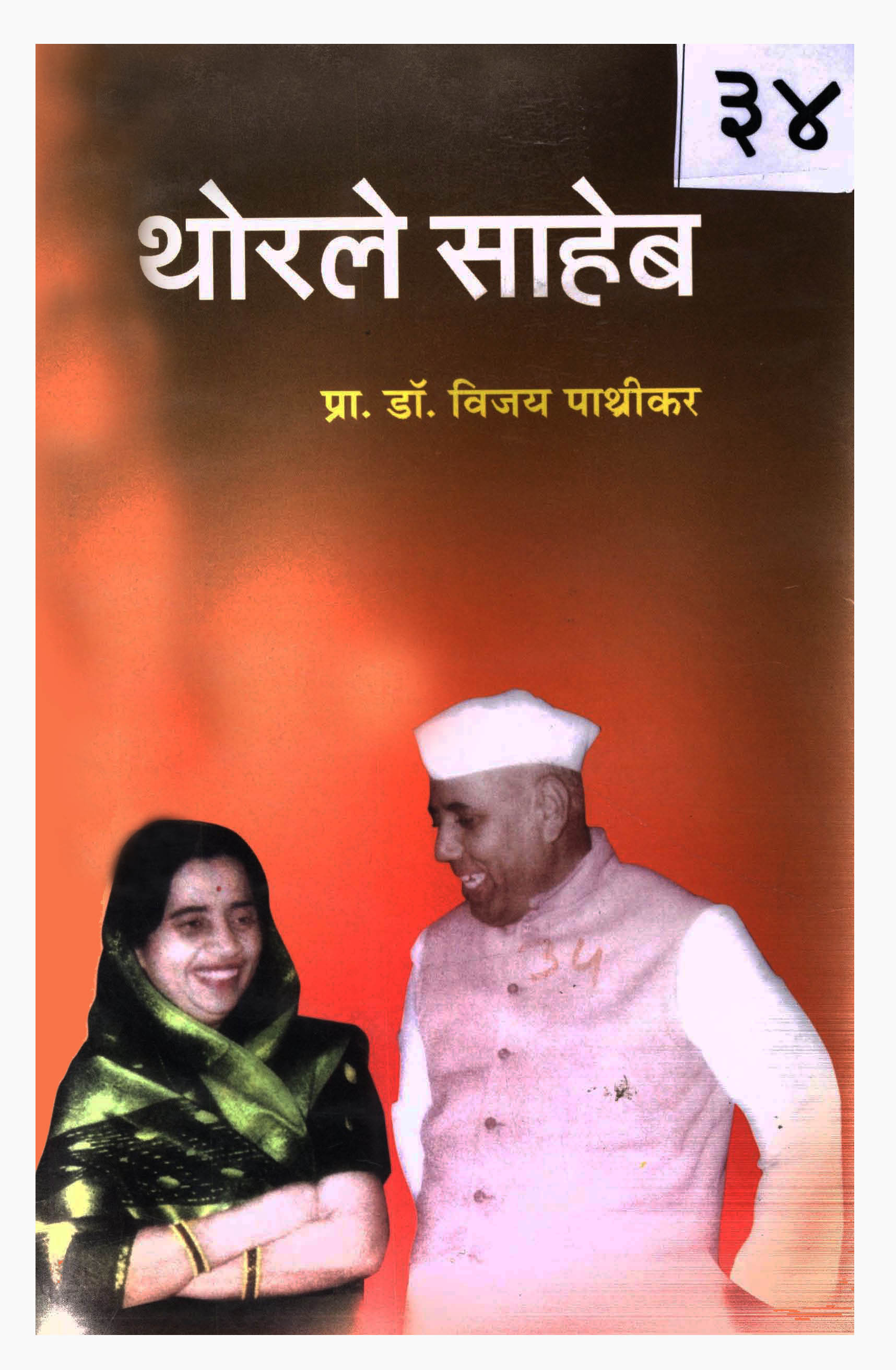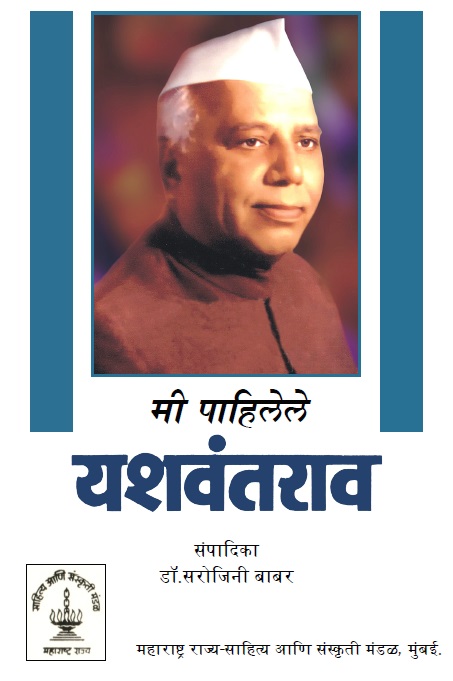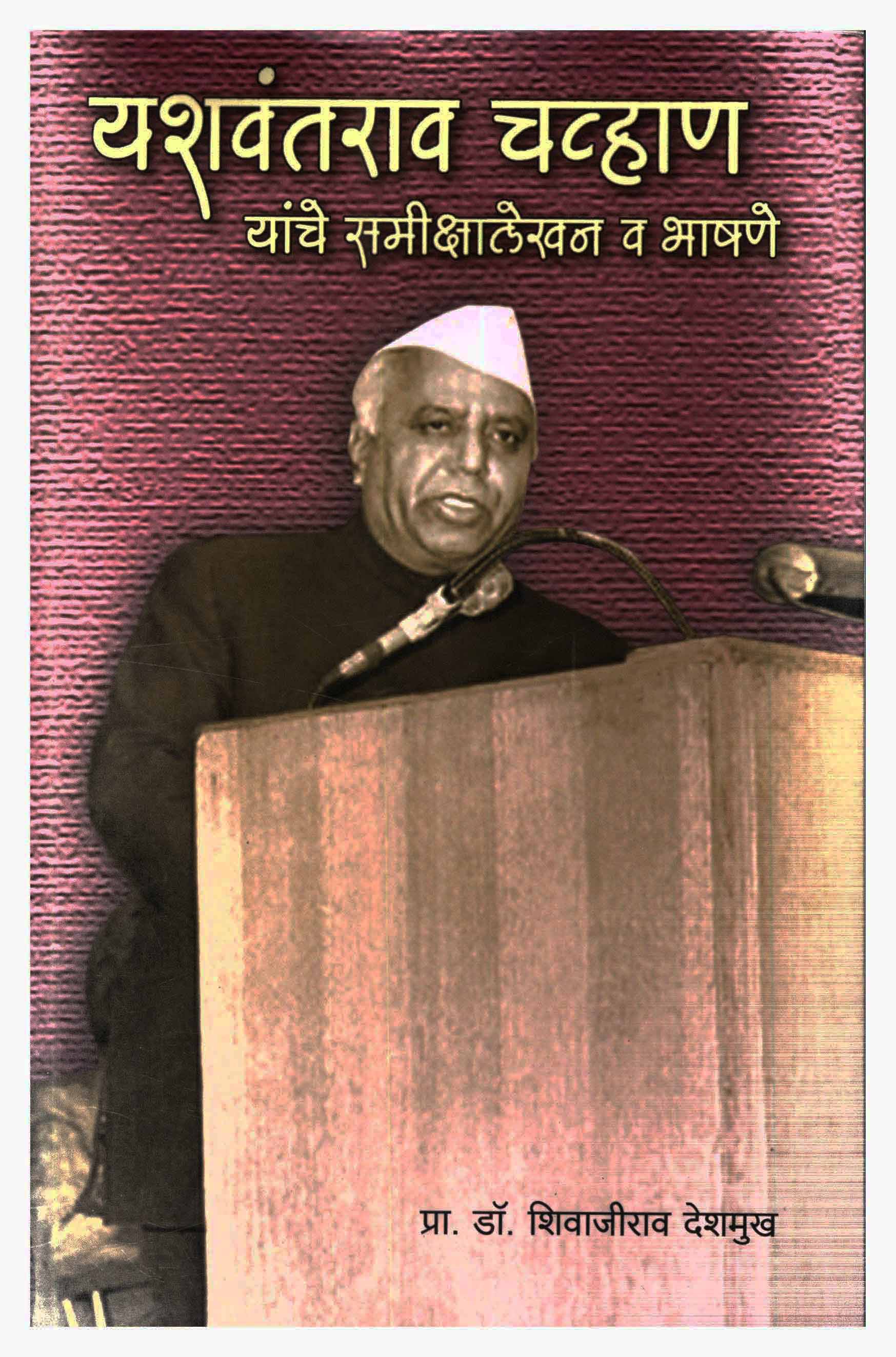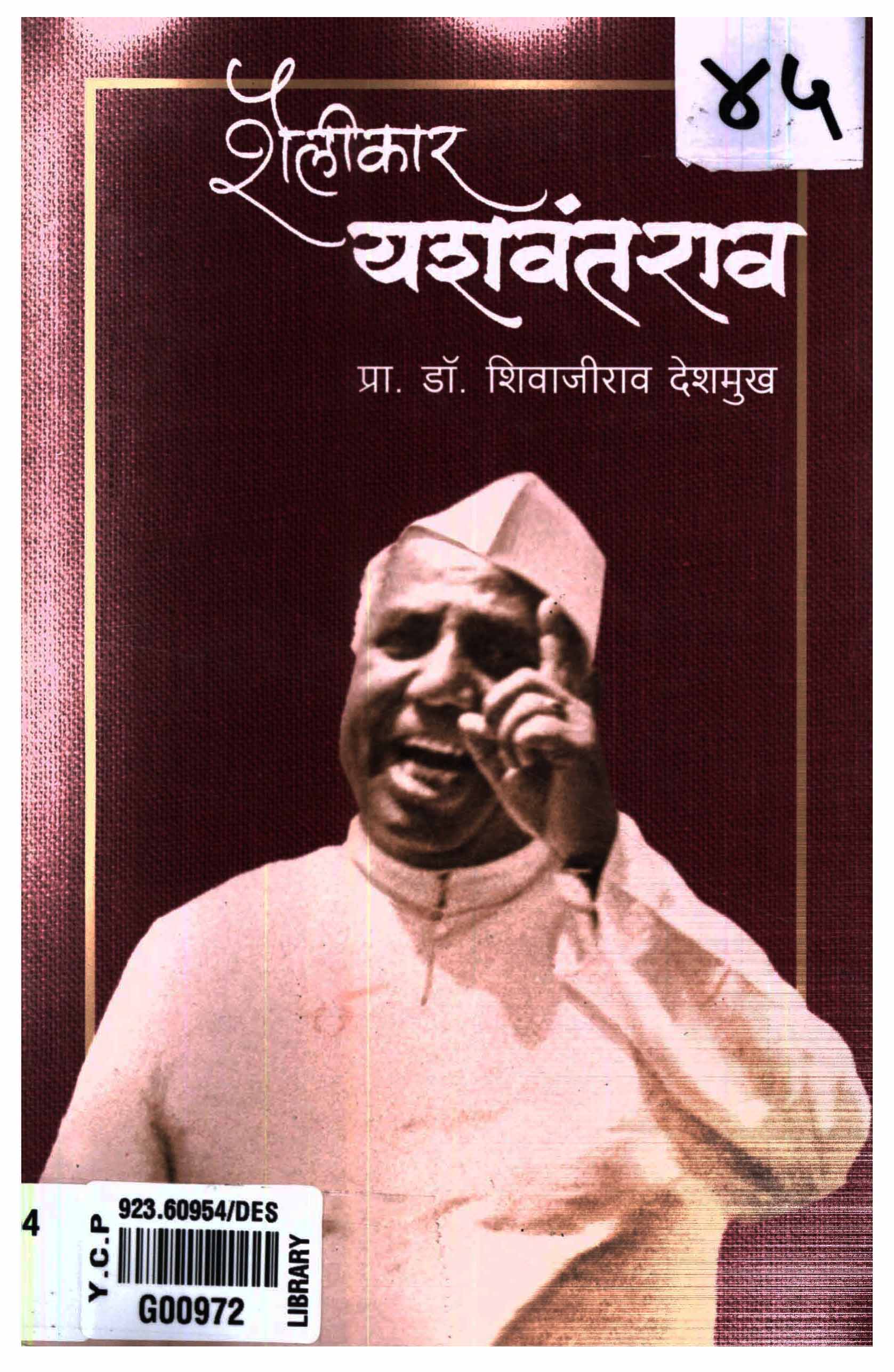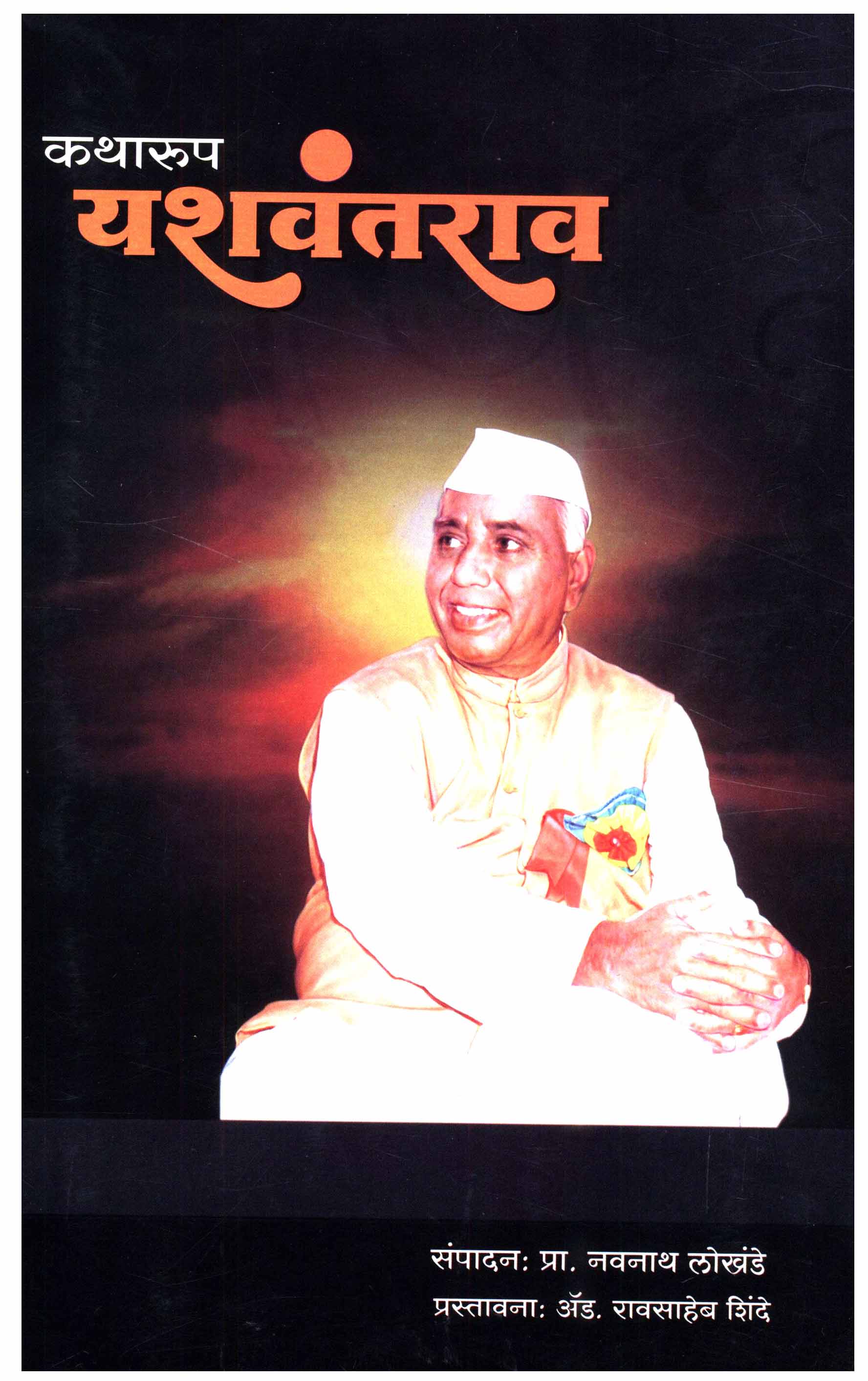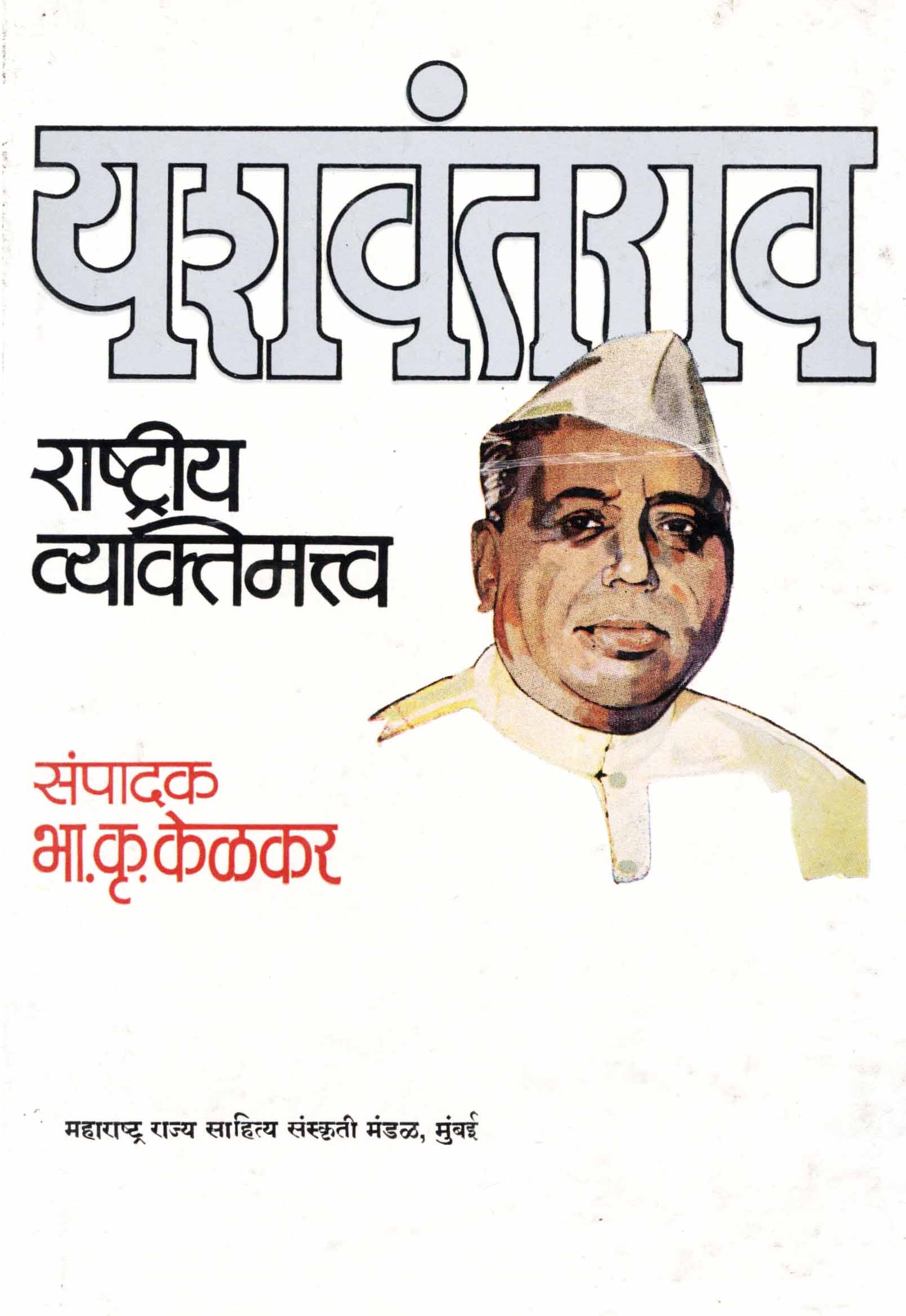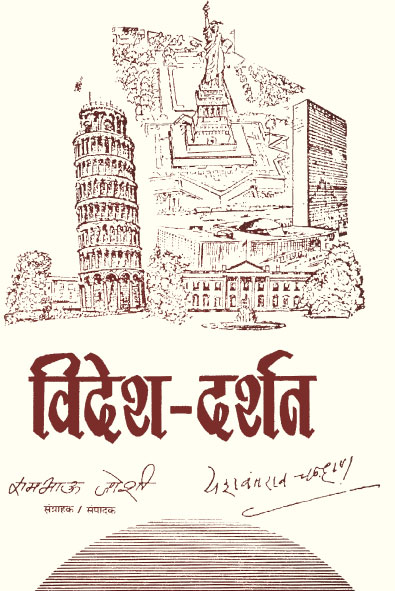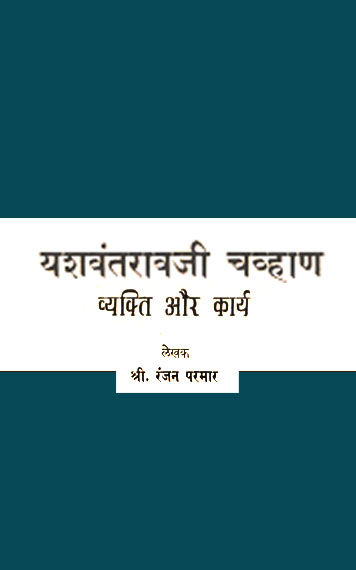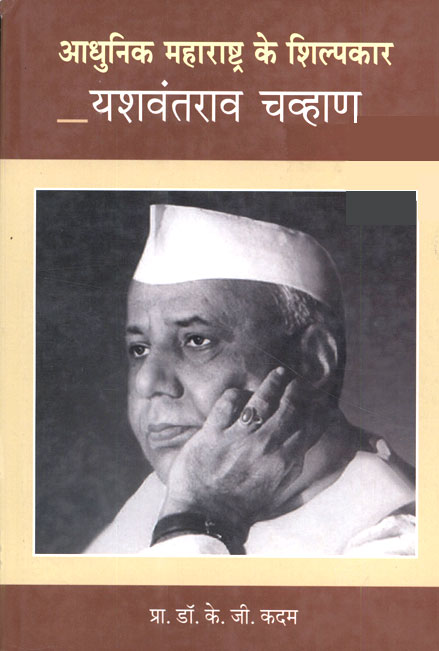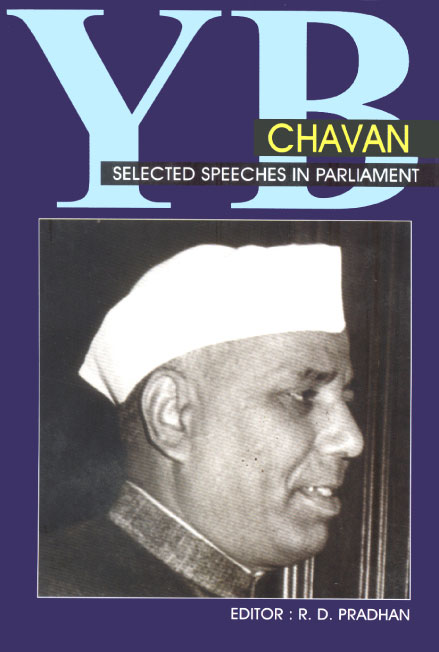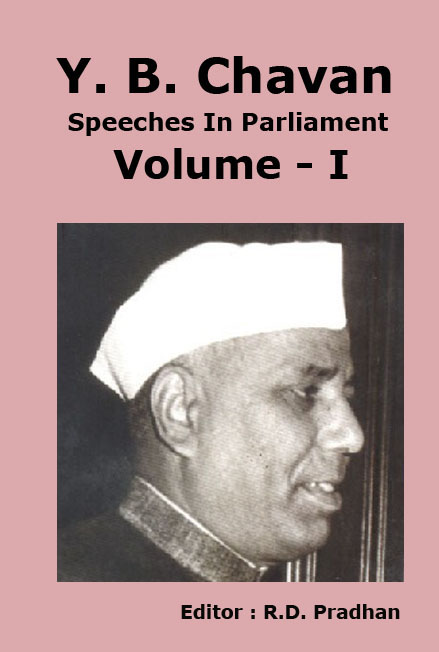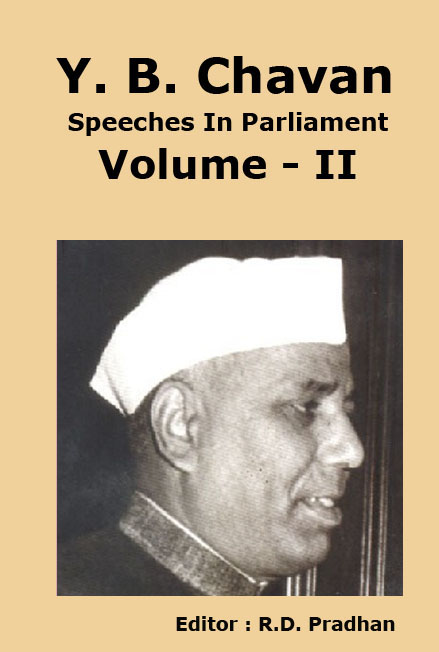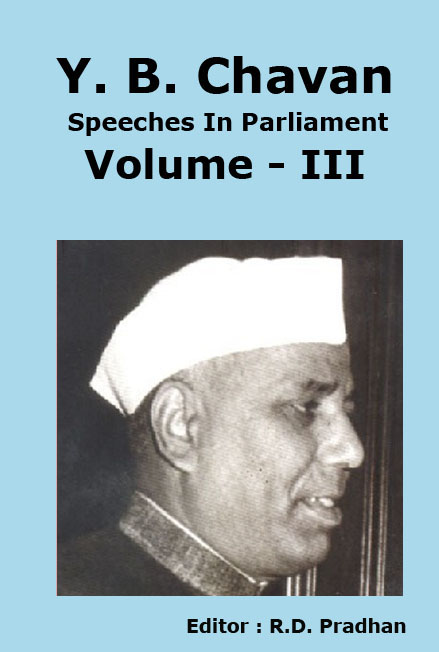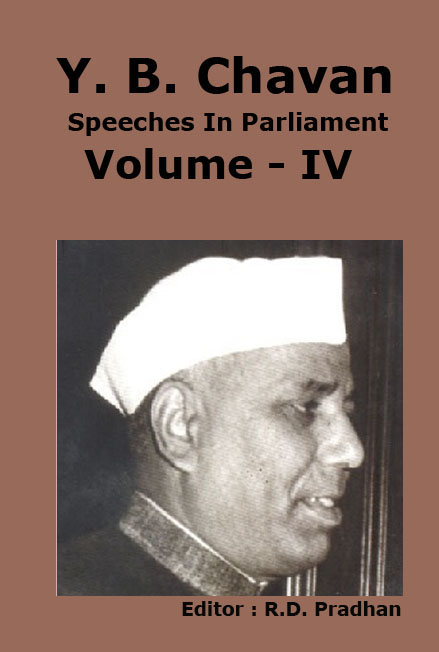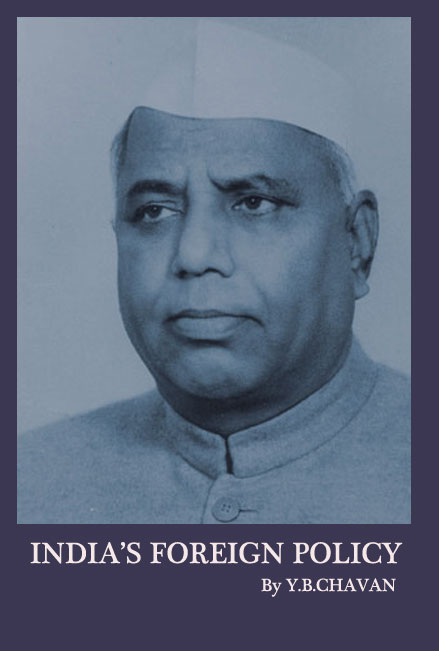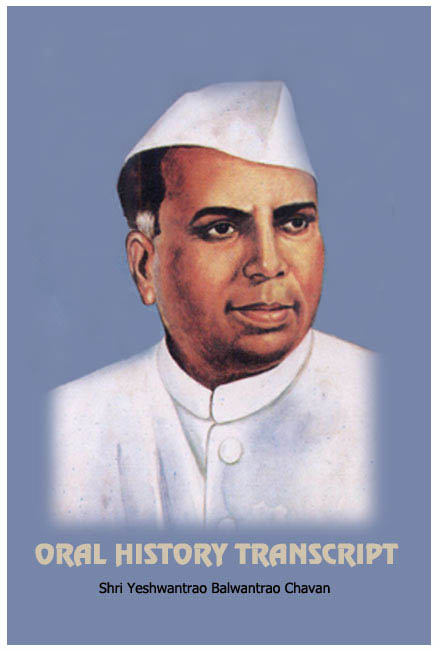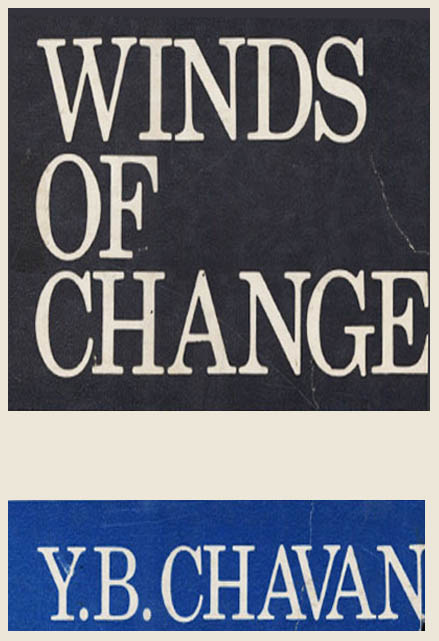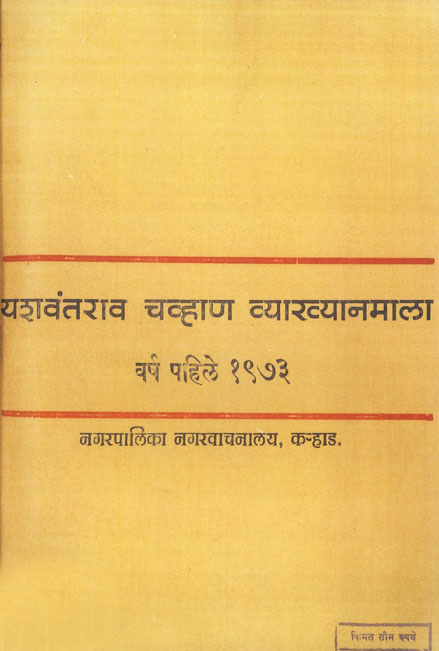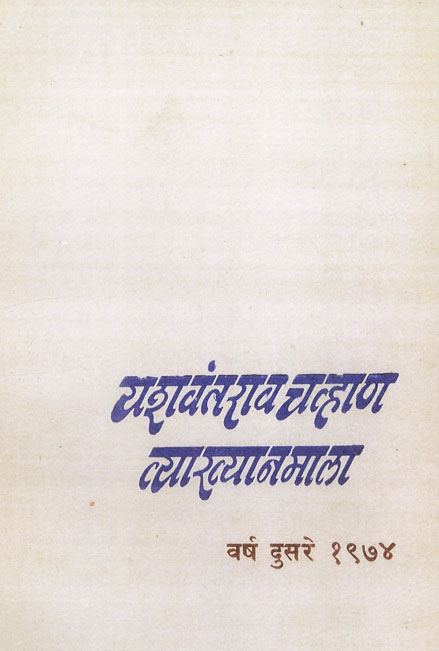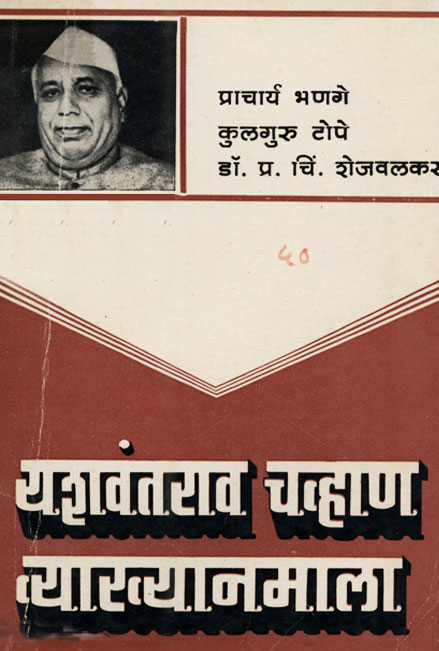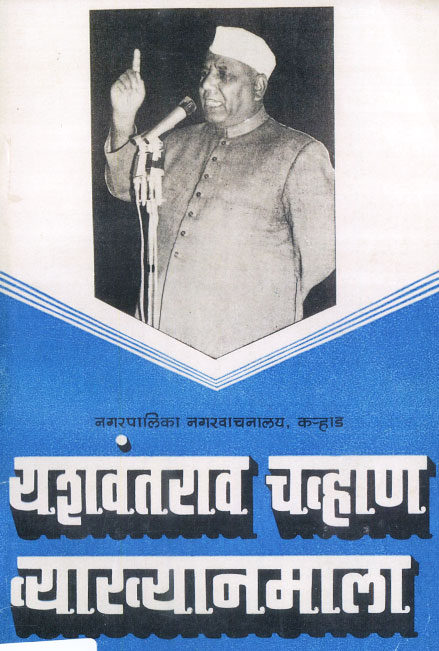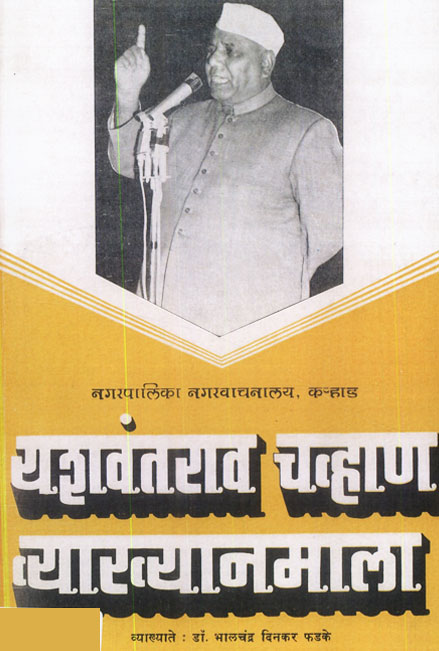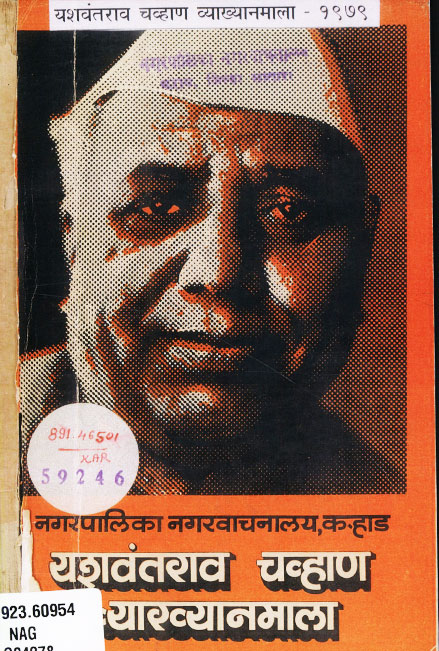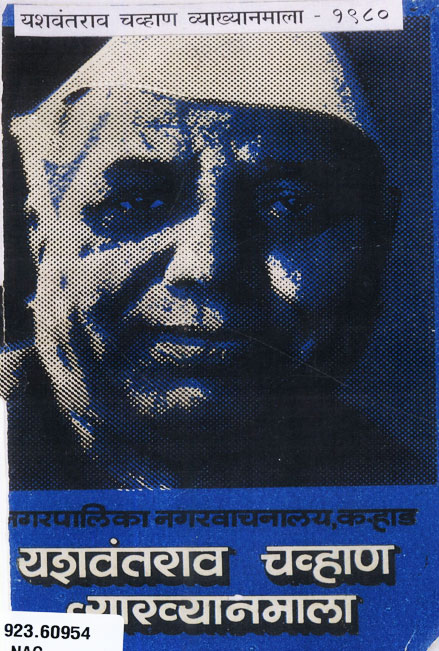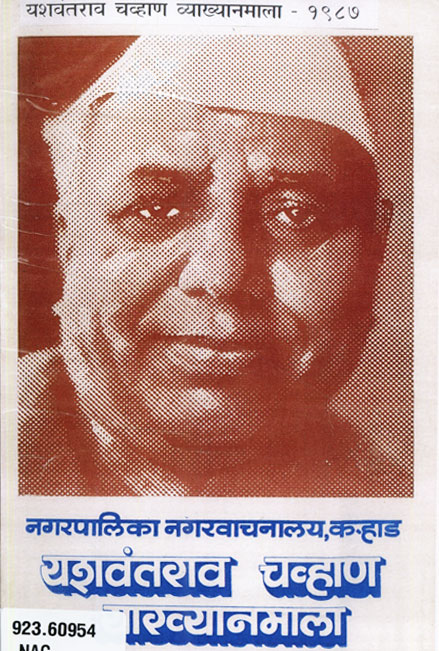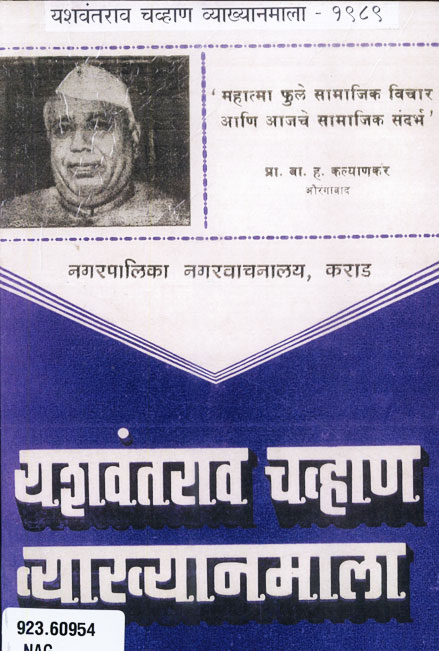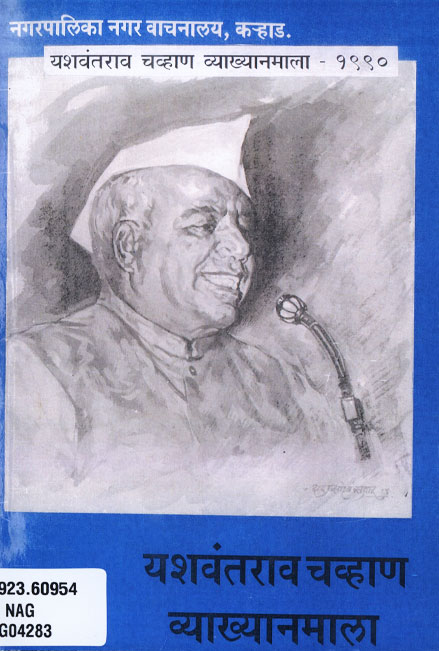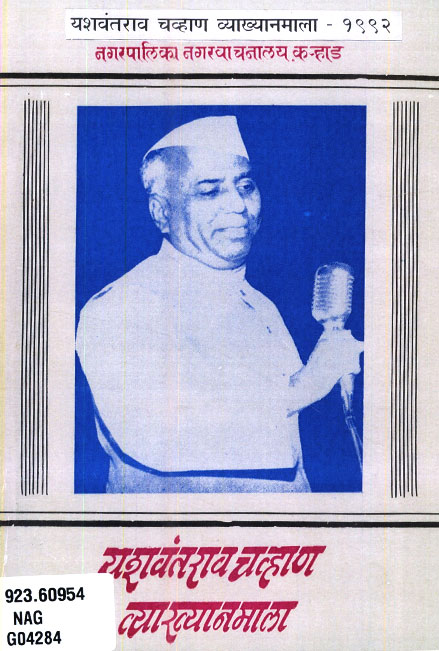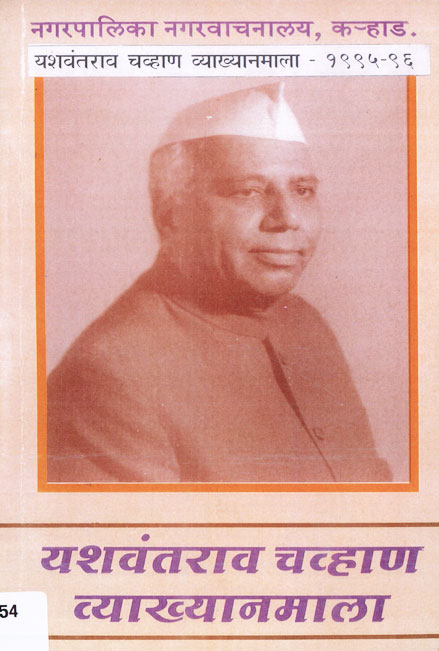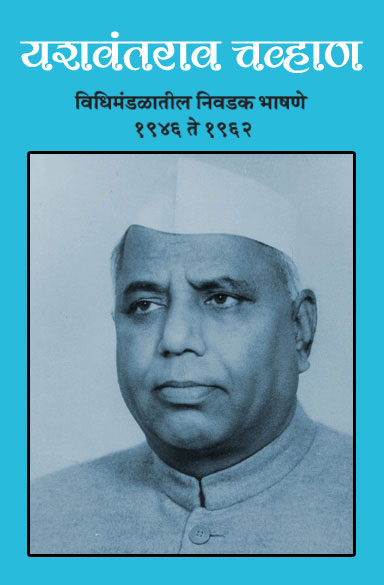But the task at the administrative and planning level was even more challenging. The Army had to be quickly expanded so as to meet the challenge in the Himalayas. But while doing so the threat from Pakistan could not be overlooked. It had to be planning, equipment and deployment on both fronts. The men had to be recruited, trained and equipped for operations in conditions which are possibly more varied than anywhere in the world. In the east there was what was then known as East Pakistan. The border was at sea level. In the Himalayas the men had to be equipped to fight at altitudes where everything froze in the winter. To the West, there were the plains of Punjab, then the desert in Rajasthan and finally the swampy Rann of Kutch. Each had its own problems and these had to be overcome by the men posted there.
The Navy still depended on the aging aircraft carrier Vikrant and the destroyers Mysore and Delhi. It was true that the role of the Navy would not be significant in meeting the Chinese threat but it had an important role to play in meeting any threat from Pakistan which had acquired a submarine from the United States. The Indian Navy was still two dimensional - on the sea and in the air. It had also to be equipped with new frigates and destroyers. But who would give these ships?
The re-equipment of the Air Force was even more difficult. The United States had given Pakistan F 104 aircraft. India had made her own trans-sonic HF 24 fighter bomber and was also soon to make Mig 21 planes, which could be used as a sort of interceptor. But India wanted an aircraft to match the F 104, and this the United States was reluctant to give.
The unilateral cease-fire announced by China gave India the change to undertake long term planning of her defence. A five year Defence plan costing Rs.5000 crores was framed. It envisaged an army of 8.25 lakhs; an air force of 45 squadrons and improvement in its radar and communication facilities; introduction of submarines in the navy and replacement of over-age ships; improvement of roads in the border areas; strengthening the defence production base; and finally improvement of the organisation for provisioning, supply, storage etc.
While, the cease-fire gave India the time to take a long term view of her defence, it also resulted in a cooling off in the desire of the Western countries to help India. Once the Chinese threat receded, Western Countries began thinking in the old context of India against Pakistan, where Pakistan was a trusted military ally and India a non-aligned country. In the three years after the Chinese aggression, the United States gave India military assistance totalling Rs.36.13 crores, only 45% of its commitment and Britain only Rs.22.1 crores out of a total commitment of Rs. 36 crores. Chavan visited the United States and Britain in 1964. He was unhappy at the way in which the United States was responding to India's request for sophisticated arms. Even the pretence of willingness to help disappeared with the death of Jawaharlal Nehru in May 1964, when Chavan was in the United States. The response from Britain was equally evasive.
With no chance of getting either aircraft or submarines from the West, Chavan went to the Soviet Union. A beginning in Indo-Soviet co-operation had been made by Krishna Menon with arrangements for the manufacture of Mig 21 planes. Here he was able to secure aircraft, light tanks, helicopters and surface to air missiles. Submarines came later. The total Soviet assistance to India in the three years after the Chinese aggression came to Rs.100 crores !.
